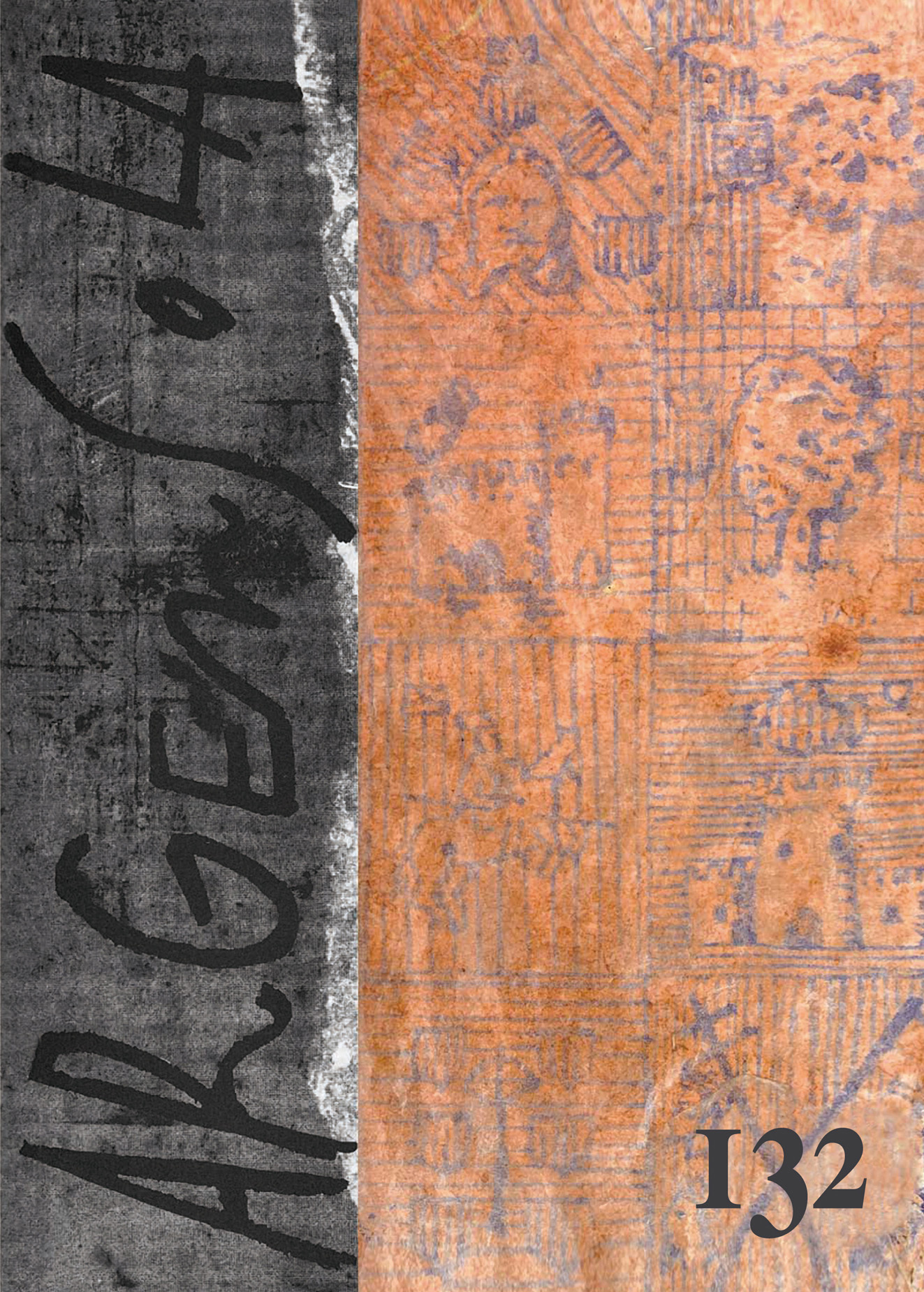Intervención arquitectónica y urbanística en la iglesia y el convento de San Miguel de Huesca y su entorno (1980-1983)
Main Article Content
Abstract
Between 1980 and 1983, the Huesca City Council carried out a series of architectural actions in the monumental complex of the church of San Miguel and the Carmelite convent of La Encarnación, to which the aforementioned church has belonged since the 17th century. The discovery in the temple of permanence in all its extension of the original Gothic-Mudejar roof of polychrome wood led to a qualitative and quantitative leap in the intervention: in order to enable its restoration (and, incidentally, recover the original architectural space of the nave), the reed and plaster vault that kept it mostly hidden was demolished, as well as the high choir that had been added in the 17th century. Partly because of these works, mainly because of certain functional requirements of convent life, but also of other aesthetic and architectural ones, certain areas of the convent were reformed and rehabilitated. Parallel to the architectural actions, the immediate surroundings of the monastery were remodeled, which constituted the germ of subsequent urban operations that would be developed in the coming years, consisting of the rehabilitation of important heritage elements, such as the medieval wall of the city, and endowment elements, such as the space called to be the new park on the banks of the river Isuela, which, like the monastic complex, and despite its great potential, were at that time in a state of notable degradation.

